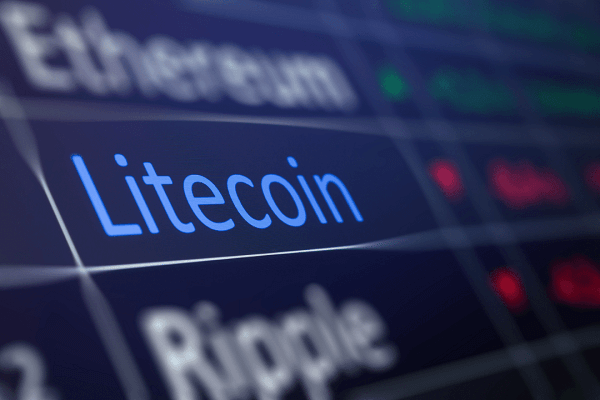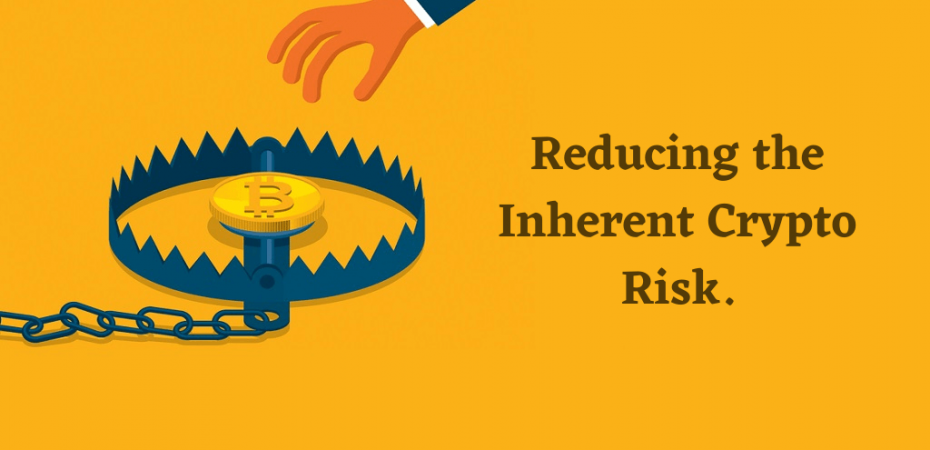Cryptocurrency is going nowhere, which means that executives need to deal with its risks in a smart and effective manner and handle things accordingly. This blog explores some of the risk-management methods that can reduce the inherent risks associated with digital currencies and help develop trust and confidence in crypto transactions. These methods are fairly wide-ranging, and, as long as they are implemented in totality, can establish the spread and acceptance of digital money as a 21st-century currency.
1. Regulatory approvals

Regulatory approval is perhaps the method that can most significantly reduce the inherent crypto risk. Now, this is kind of ironic because one of the biggest selling points of digital money is that it is decentralized and free of any regulatory framework or governance. However, if we can achieve some degree of regulatory approval, we might be able to imply and improve both credibility and acceptance regarding cryptos.
2. Mature ecosystems

Cryptocurrency usage has increased significantly over the last few years – and, with it, consumers’ capability of harnessing the immense power of technology. Mobile phones, particularly in developing and emerging markets, have led to an increase in knowledge and understanding – and the transferability of both. Thanks to the popularity of internet banking, there has been a marked increase in mobile payments and the use of alternative payment methods, such as PayPal, Google Wallet, Apple Pay, and gift cards from Amazon. Such advances in the technology for mobile payments can also make it easier for people to accept cryptocurrencies as yet another alternative payment method. You can read about What Is a 401(k) Plan? For better insight, you can click here.
With the continuing growth and maturity of the crypto markets, it is possible to observe increases in liquidity. These increases will then lead to stricter bid and ask spreads, along with considerably lower exchange fees. In addition, it would also lead to a reduction in price volatility, thereby reducing the risk of exchange rates and reducing the duress on many risk-averse consumers and merchants to instantly convert their digital assets into FIAT money. All in all, greater liquidity will enable digital currencies to attain characteristics similar to those of FIAT currencies.
3. Framework for Risk Management

Such a framework should cover standards, procedures, and policies pertinent to money laundering, third-party vendors, IT data and security, physical security of assets, operational credit, and cyber fraud. The framework must be covered at an enterprise level, since every risk is correlated to one another. In order to be actionable and effective, this framework must be significantly supplemented by essential real-time information and data as well as scenario planning. Special attention needs to be given to software upgrades, provided the tremendous dependence on technology development and changes. Even more important is to ensure that all participants within the ecosystem chain are risk assessed to ensure the efficacy and adequacy with regards to the document implementation to mitigate risk and increase confidence.
4. Education

Education and training can have far-lasting effects with regards to reducing risks and boosting confidence. Unfortunately, this confidence is being consistently diminished due to all the scary social media stories and instances. The main concerns for people are:
- Spoofing payment data/user address/phishing.
- Payment gateway hacking.
- Crypto-jacking.
Suppose an all-encompassing education package is implemented, covering the most upgraded security methods, including backups, anti-malware, cold storage, regular software updates, and frequent and strong password protection. In that case, we could, once again, improve confidence while also reducing the risks of fraud.
Final Word
The list of risk-management methods discussed above is, by no means exhaustive, but only discusses some of the most essential techniques to risk management. How these and other techniques are applied will depend heavily upon the available resources as well as the operational environment.
Read Also

